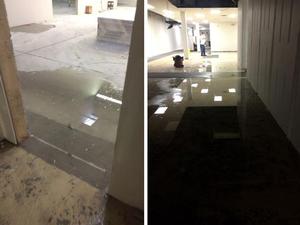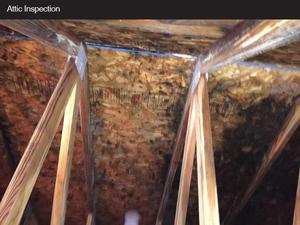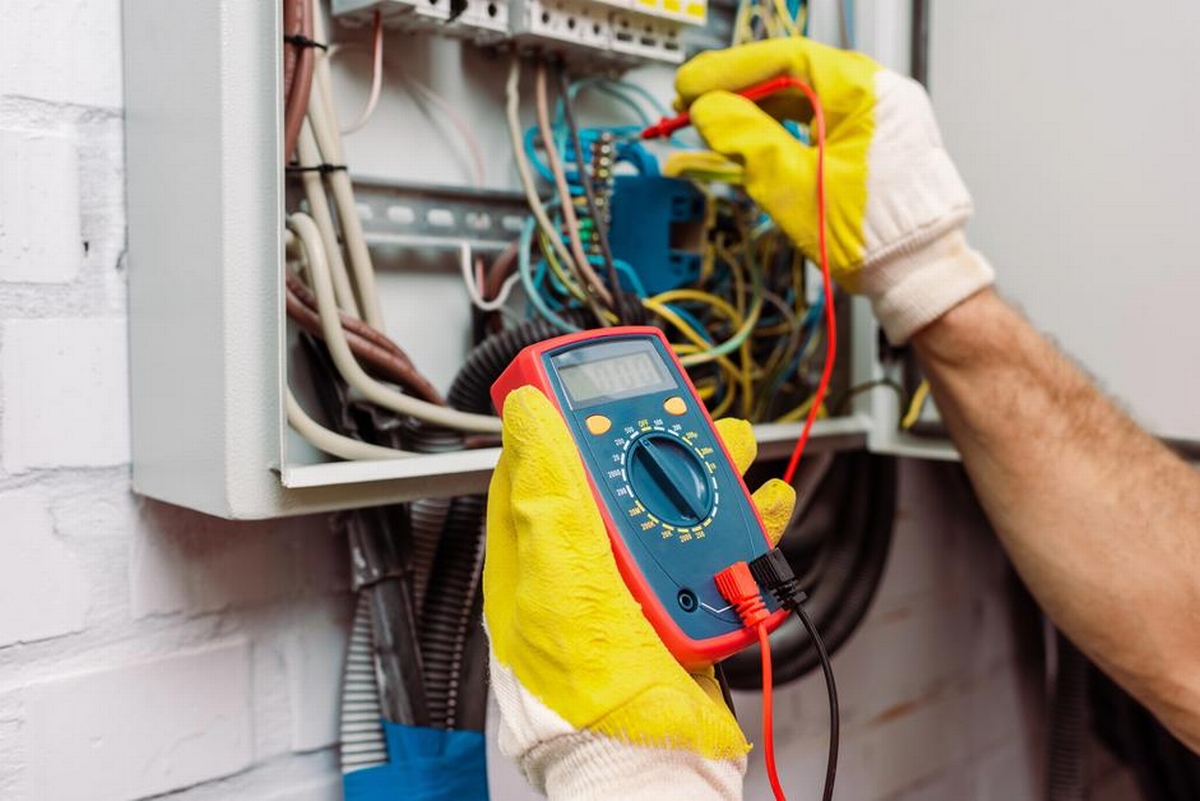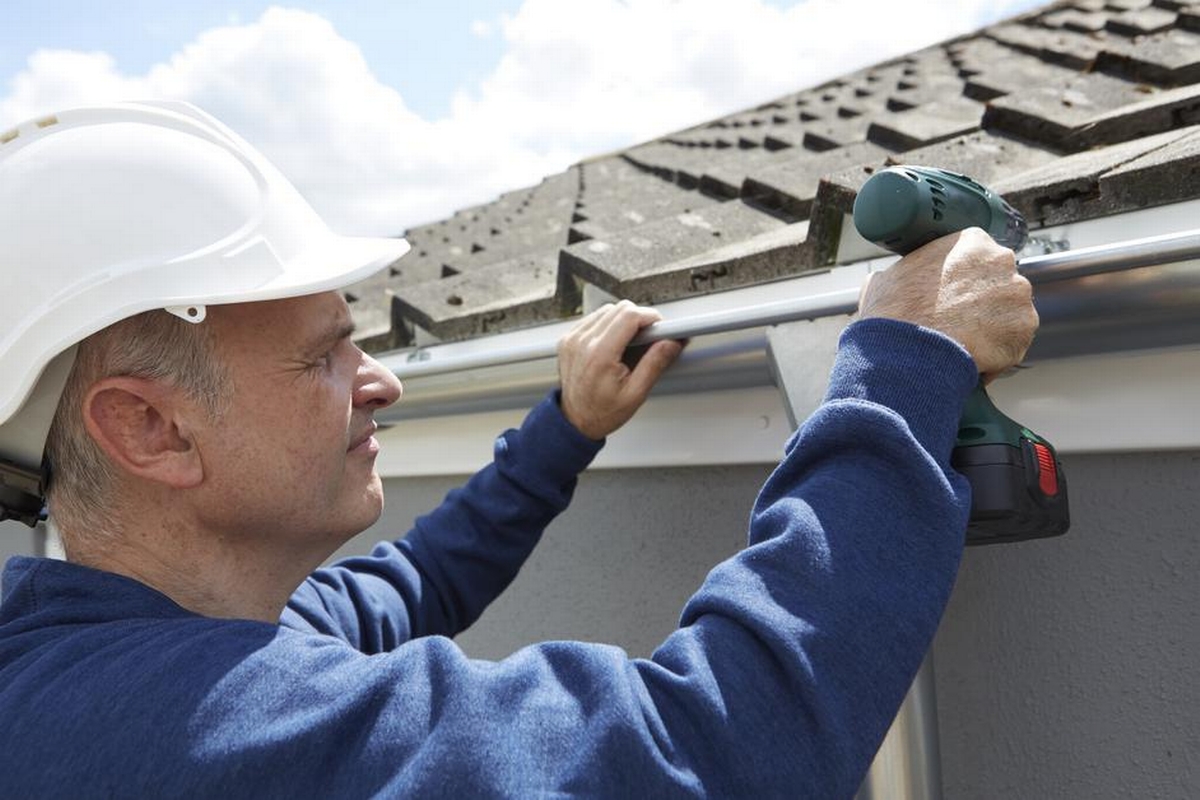Signs Of Water Damage & Cleanup Resources

Leaks in the bathroom can lead to extensive water damage, especially if those leaks go unnoticed or unresolved for extended periods of time. You have to know what to look for to find hidden and overlooked sources of water leaks in the bathroom before they become a serious problem, or you may find yourself in need of some serious water damage cleanup. So, what are the first signs of water damage in the bathroom?
Sterling Heights Water Damage Cleanup
1. Musty Smell
This is one of the easiest signs to catch because musty smells are so odorous. The damp, earthy, moldy smell should be a big red flag. The smell will develop when moisture gets trapped in surfaces and begins to facilitate mold growth. Leaking pipes under cabinets, inside walls, and behind shower fixtures will cause moisture to stay trapped and not dry, which will lead to mold growth and spread. As soon as you notice any musty smells in your bathroom, have it checked for hidden water damage.
2. Visible Mold
If the smell isn't there to give it away, sometimes you will actually see mold growth. Finding mold in your bathroom is a serious problem because mold is very harmful to your health. By the time mold growth is visible, it also means that water damage has already occurred and has been present for some time. The only way the mold problem can be resolved is to find the source of the moisture and get it stopped. To safely and adequately remove mold, you need to have water damage cleanup professionals handle the remediation. Do not waste any time in getting mold problems addressed, fixed, and sanitized so that you can protect yourself and your family from the many respiratory symptoms caused by mold exposure.
3. Damaged Floors
Bathroom floors should be able to withstand some exposure to water while still remaining in good condition. However, when excess exposure or water leaks occur, they will begin to damage even the most water-resistant flooring. If you notice any cracking, bubbling, staining, or warping on your bathroom floors, there is probably a water leak somewhere causing the distortion. If you notice areas of the floor have become softer, or even have a spongy feeling, there is probably damage to the subfloor. Subflooring is typically made up of plywood. When plywood is exposed to water or moisture, it will absorb it. Once it has become saturated, the weight of the excess water will cause the wood to swell and soften. Check the floors in your bathroom frequently to catch any of these signs before they lead to damaged subflooring.
4. Changes on Walls
When water leaks behind walls, it will cause changes in the drywall. Peeling plaster, blistering paint, and soggy wallpaper are all good indicators that excess water is building up behind the wall. Water leaking behind drywall will cause it to swell and be soft to the touch. If you start to notice gaps along the trim of your walls or where tile meets the wall, it could also be a strong indicator that there is a leak behind the wall. Any changes, distortion, or damage on the walls should be evaluated as soon as you notice it to prevent further water damage.
With regular inspection, you will be able to catch the signs of early water damage before the problem gets any worse. If you do find yourself needing water damage cleanup, whether in your bathroom or anywhere else in your Sterling Heights home, call the water damage cleanup experts On-Site Specialty Cleaning + Restoration. We know the signs of water damage and will be able to identify the source and clean up the problem for you.



